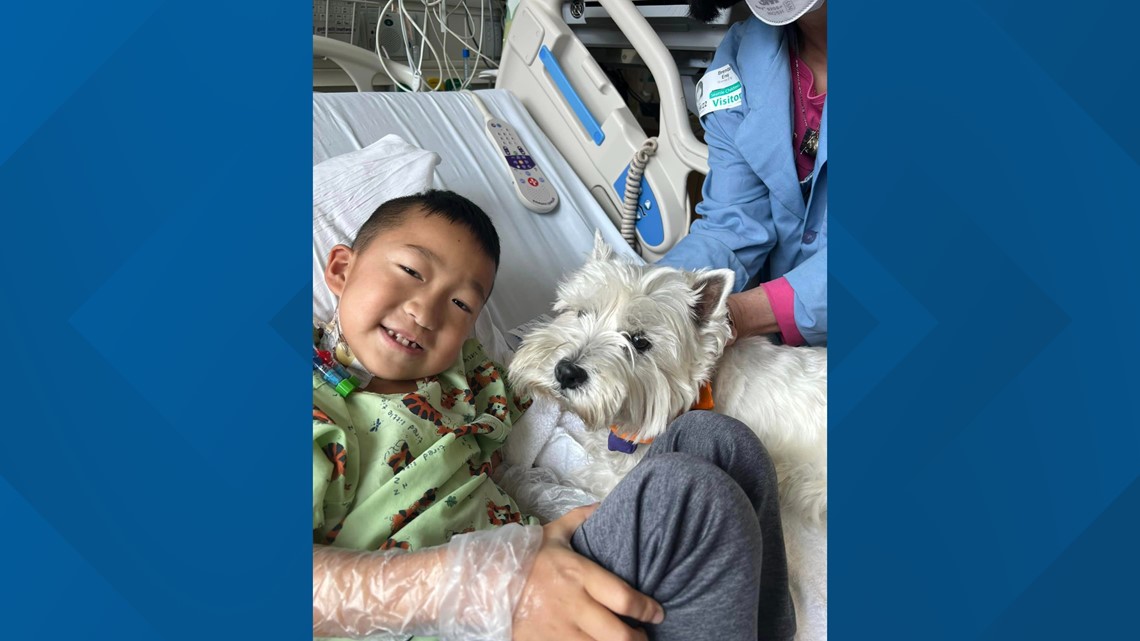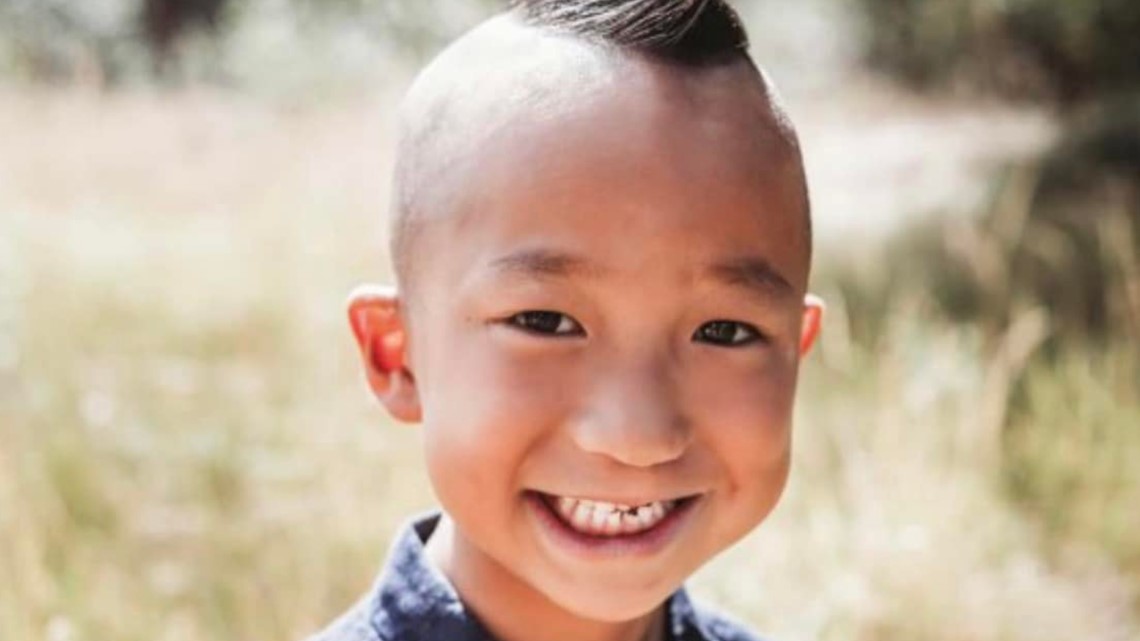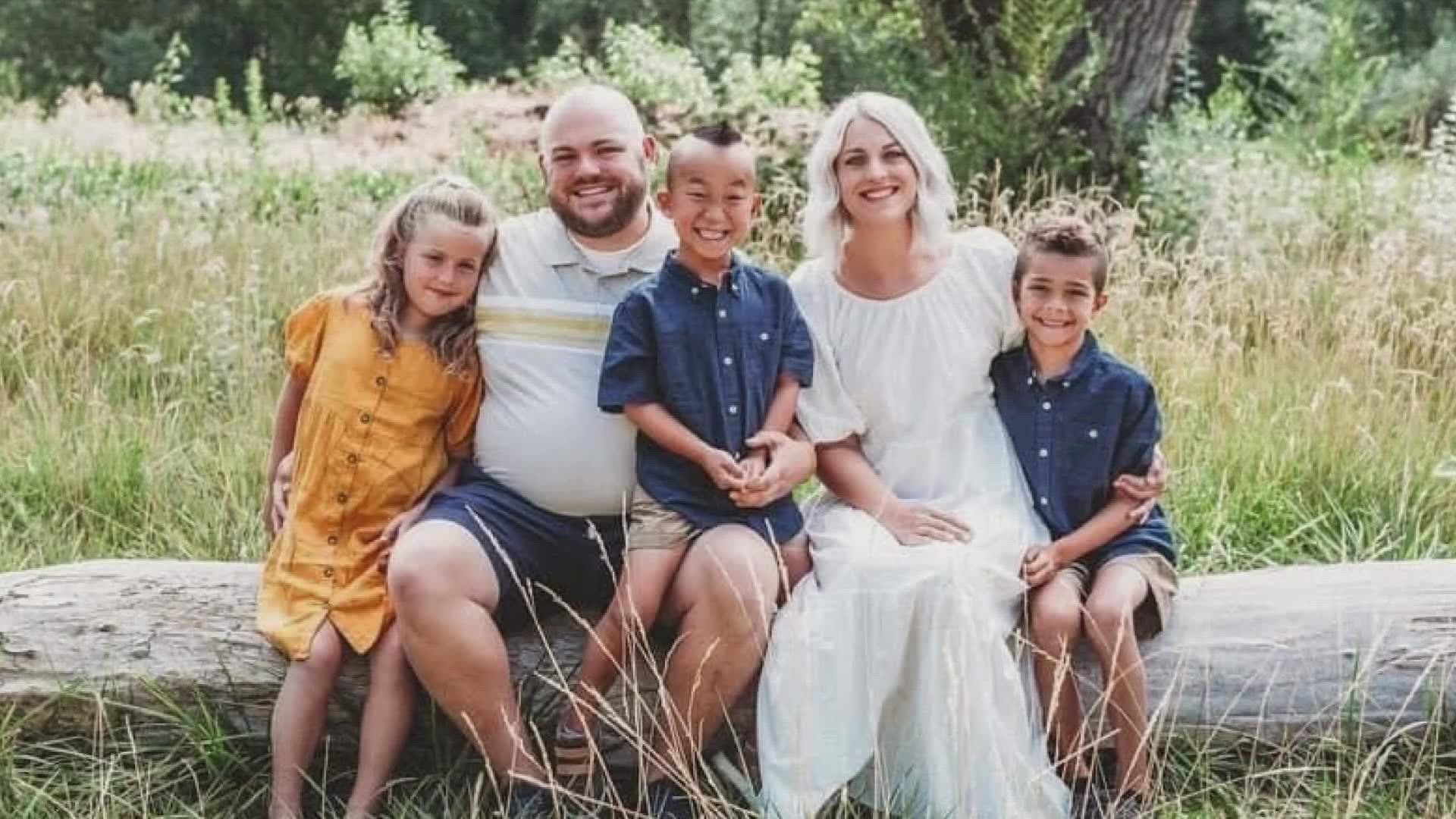SEATTLE — On Giving Tuesday, nonprofits typically run special donation campaigns to bring in much-needed funds or attract new volunteers.
This year, a Yakima mom decided to ask all Washingtonians to consider giving a different kind of gift – the gift of life.
Ashley Jaeger’s son, Avin, loves school and loves being with his family. He’s like most six-year-old children.
This past year, something changed. Avin was diagnosed with liver cancer.
Avin’s doctor at Seattle Children’s said he needed a liver transplant.
While he was put on the national waiting list for organs – the list is constant and remains long.
Seattle Children’s encouraged Jaeger and her family to use social media to find a potential living donor.


“I knew about at least 25 people who submitted interest in becoming a living donor and the response was incredible,” Jaeger said.
Dr. Pamela Valentino at Seattle Children’s said a partnership in Seattle makes those “incredible” donations possible. Dr. Valentino is the medical director for the Liver Transplant Program and the director of the Liver and Intestinal Failure Clinical Center.
“The living donor surgery happens at the University of Washington, and then the liver is transported over to Seattle Children's so that we can provide the gift of life to our patient here at the children’s hospital,” Dr. Valentino said.
Local doctors said they are hopeful living donations become more common.
A kidney, a segment of the liver, and bone marrow are the most common living donor options.
In 2021, Seattle Children’s performed 14 total transplants, but none of them were from living donors.
So far, this year, the hospital has performed 15 total transplants and nine of them were from living donors. This is the highest volume of living donor liver transplants in the U.S. at one pediatric transplant program.
On any given day, the CDC reports about 100,000 adults and children on an active waiting list for organs. The number of people in need exceeds the number of organs available and potential matches available. In 2021, there were just about 14,000 deceased organ donors and 6,000 living donors.
“The liver is an amazing organ that can regenerate,” Dr. Valentino said. “An adult can donate a small segment to a child or can donate up to half of their liver to a teenager or an adult and the liver can regenerate and the tissue can grow back within weeks to months.”
A family friend came through as a match and living donor for Avin. Both Avin and his living donor have been recovering well.
“We find a lot of times that when he meets somebody new, it's like the first thing he tells them,” said Ashley Jaeger, Avin’s mom. “‘I got in a fight with cancer, and I won,’ and then he shows the scar.”


Jaeger said she understands the magnitude of vexing a living donor and her family doesn’t take it for granted.
She hopes more people will go through the process to get on the registry as a living donor.
“It's a big donation, a piece of your body and organ of your body, the time away from work, the recovery,” Jaeger said. “But that response just we felt so supported, we felt so loved and cared about.”
Living organ donor resources:

